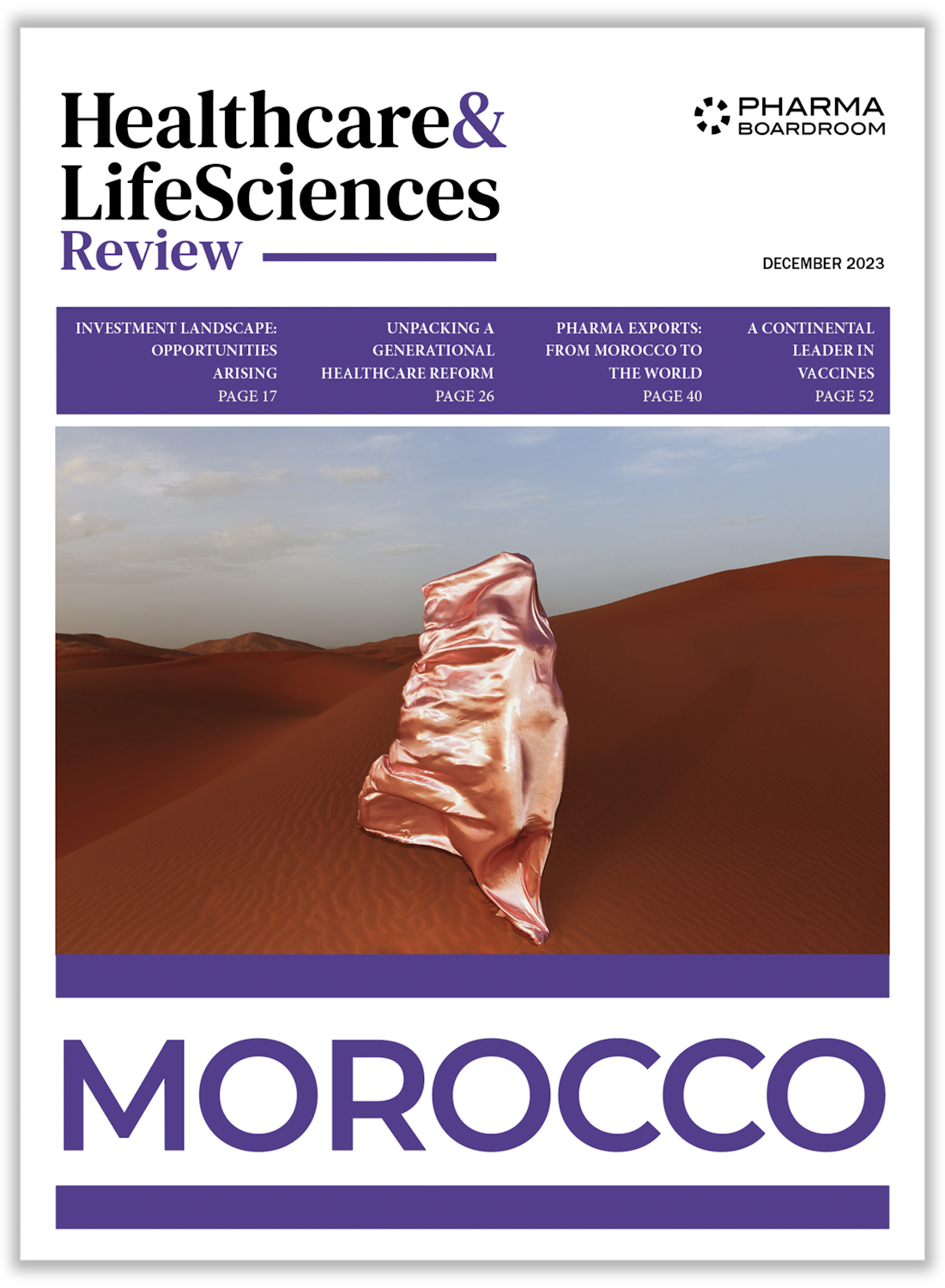Against a backdrop of protests against Chile’s market-dominant socio-economic model, President Sebastián Piñera has announced a wave of reforms to address inequalities and improve treatment within the country’s healthcare system. However, there are no guarantees that these motions will pass in their entirety, or that they will quell public dissatisfaction with President Piñera’s administration.
“A single spark can start a prairie fire,” said Mao Tse-tung. A rise in subway fares was Chile’s spark.
Chile’s protests began in October 2019 when thousands of dissatisfied citizens took to the streets to fight for changes to an administration that has fully or partially privatized pensions, health and education. The year ended with a call for a referendum in April 2020 to decide whether Chile’s Constitution – inherited from former President Augusto Pinochet’s military dictatorship – should be changed. In what is one of the “healthiest” Latin American countries, the question is: why are Chileans fuming about their healthcare system?
Chile has two main types of social health insurance to provide near-universal coverage to its population. FONASA (Fondo Nacional de Salud), the single public insurer, covers 14.5 million citizens – more than 80 percent of the population. ISAPREs (Instituciones de Salud Previsional), private health insurers, compete to cover about three million higher-income Chileans. By law, all workers are required to pay seven percent of their monthly wages into either FONASA or ISAPREs.
A longhard look at Chile’s healthcare system reveals severe inequalities. There are significant gaps in FONASA coverage resulting from low levels of investment in preventive medicine, deficient patient care, long waiting times (up to a year in some cases) and shortages of specialists. The problem is further exacerbated by a lack of preparation for the epidemiological transition from infectious to degenerative diseases.
Under ISAPREs, insurers have traditionally engaged in risk selection according to sex, age, health risk and co-payments. A woman in her thirties can expect to pay up to three times more than a man, and an older or sicker individual can be denied care. The structure of the healthcare system leads to low-income and high-risk populations being treated mainly by the public sector, while high-income and low-risk populations are usually served in the private sector.
In January 2020, President of Chile Sebastián Piñera announced Mejor FONASA (Better FONASA) to overhaul the country’s healthcare system. Piñera, in his words, “has listened to the population’s requests with attention and humility” and will address what is “basic, important and necessary for the health of Chilean families.”
The cornerstone of the reform is the introduction of the Plan de Salud Universal (Universal Health Plan) for all FONASA users. Key components of the plan include lower drug prices, stronger primary care, better management of patients with chronic diseases, continuous quality improvement and the establishment of maximum waiting times and treatment fees.
Furthermore, in 2018, the government rolled out an ambitious Plan Nacional de Inversiones en Salud (National Health Investment Plan) to build 57 new hospitals by 2026. The government will invest over USD one billion in 2020 for the completion of 13 hospitals and begin construction on 10 new ones and has set up a “Digital Hospital” for 24/7 health related guidance and services.
In early 2019, Piñera also presented various initiatives to fight discrimination in the ISAPREs. The introduction of a risk compensation system seeks to minimize the cost difference between a healthier and a sicker patient. Those private insurers with “more costly” users will be compensated by those who have “less costly” users. As a result, an ISAPRE is less likely to turn away a patient. The initiatives also include a new insurance system to cover costly treatments (all of which must have a predetermined fee). Finally, the government encourages transparency to allow patients to compare treatment offers among all the ISAPREs.
Although President Piñera’s administration has put forward what they see as a “deep and comprehensive” reform to eliminate discrimination and improve the country’s health status, history warns that success is not guaranteed. A similar reform was attempted in 2014 with little success and many of Piñera’s initiatives are still pending approval from Congress – the lower/upper house of which Piñera does not have absolute majority. Furthermore, as the FT notes, the proposed reforms have failed to quell the protests in Chile, with Piñera’s public approval sitting at a lowly 10 percent as of January 2020.


